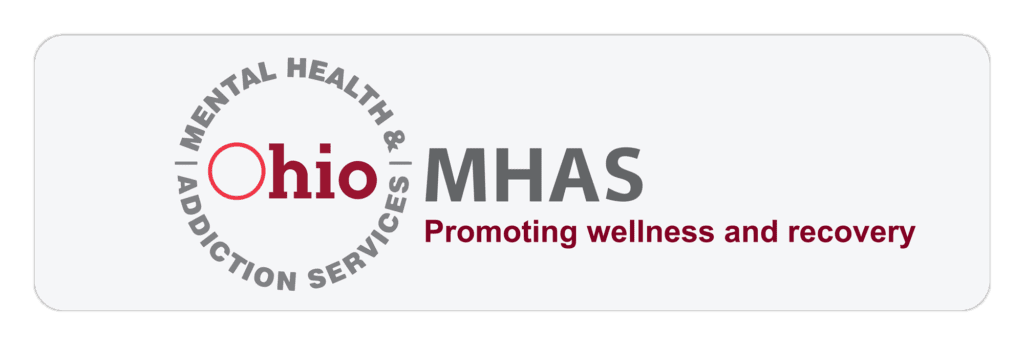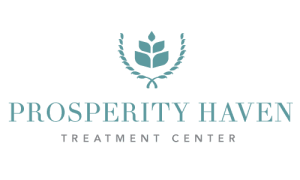Many years ago, a brilliant psychologist named Abraham Maslow came up with clear formula for determining the aspects of life that humans need to meet, fulfill or realize along their journey of wholeness. Since its beginning, the Hierarchy of Needs model has been used to explain everything from marketing tactics to business development. When it comes to recovery, structure is always helpful. The organization of Maslow’s hierarchy provides a guideline of needs for those in recovery, especially when immersed in a positive environment.
While there are disputes about who actually formed Maslow’s idea into the popular pyramid shape, as well as variations to the linear approach of meeting these needs in succession, most can agree that the contents of this model form the basis of what a person needs to progress through life in a successful way. We all have needs for food and shelter, safety, love, and self-esteem. When seeking to provide yourself with the best tools for sustaining your recovery, be sure that these aspects are included within your environment.
Basic Addiction Recovery Provisions
On the simplest level, a positive environment requires a roof over your head, and food in your belly. This idea is the driving force behind initiatives to address issues of homelessness before tackling the substance abuse and addiction, which is so rampant within that population. It is very difficult to concentrate on forming positive habits and reaching long-term goals when we are hungry or out in the cold.
If you are fortunate enough to have a home where the basic provisions – of food, water, shelter, a place to sleep – are provided for you, then you are already on your way to progressing through Maslow’s stages. For some, these provisions may be best supplied by taking shelter at a relative’s house, or through arranging to spend some time at a sober living facility. The important aspect is that you are free from the worries about how you are going to obtain your next meal or where you are going to sleep that night.
Out of Harm, Into Safety
The next tier of the hierarchy refers to safety. This concept is often considered to mean freedom from the fear of physical harm. A person who is always feeling a need to watch his or her back is not experiencing the freedom of thought necessary to ponder alternatives to instinctual behavior. Our evolutionary instincts demand that our attention is first focused on preserving our life.
Related to the importance of physical safety is the realm of emotional and psychological safety. Popular lingo has termed the term “trigger” to describe events which arise and threaten this inner peace. Each person’s triggers are unique to that individual, and their origins come from experiences of trauma and distress. When these triggers occur, a person feels thrown back into the emotional state from which they have sought to escape, and regresses to a less-developed period. When triggers become activated, it is much like the psychological equivalent of being chased by a bear.
When seeking an environment for recovery, it is best to find a place where your triggers are not activated. Most triggers tend to be set off by certain people, places, and activities. Separating yourself from an environment which your brain has associated with negative experiences provides the best start for a person seeking to change addictive behaviors. Being free from a majority of triggers means you will be able to relax and concentrate on your next steps.
Social Encouragement
Utilizing the hierarchy as a guide to the structure necessary for creating an environment conducive to optimal development, we can see that the next level of the journey involves the effect of relationships on recovery. At the very center of our development is the human need for love, acceptance, and belonging. Immersing yourself in an environment of recovery which includes these relational benefits provides the positive support needed for optimal results.
Some may find that their best social support comes from the friends and family who were around during the times of addiction. Others may find that these very people are the ones who activate the triggers which lead to decisions to escape through substance use. If the latter is the case, it may be best to find other people to associate with during this crucial time. Recovery homes and support groups are often utilized for this purpose. Those who have experience with the road to recovery are often in a better position to support and encourage us in a way that fulfills our need for acceptance.
Trigger Avoidance and Relapse Role-Play
The flip side to the benefit of not being in an environment which triggers old, bad habits is that of being in a novel environment requires the brain to form new habits. This area of need is most closely aligned with the developmental tier of self-esteem. Overcoming challenges related to substance abuse – and replacing those compulsions with new, more productive, approaches to life – creates a feeling of accomplishment. This sense of accomplishment is what feeds our concept of self-worth. Our current achievements pave the way for our future successes.
Many substance recovery programs include relapse trigger-based training, curriculum and coursework to such ends. Participants are guided into learning and applying new techniques for approaching old problems. Some programs will also include a focus on learning new skill sets to apply to a vocation, or they will assist a person in finding the resources necessary to further their education. The main factor is that a person in recovery is learning how to navigate life in a healthier way, and he/she is becoming more aware of marking these milestones of change down as victories.
Sobriety-Oriented
At the top of the needs pyramid is the concept of self-actualization. This stage of development is accomplished when all the previously-mentioned needs are satisfactorily met. A person who is self-actualized has obtained inner peace, is loved and accepted by positive people, and is proud of his or her accomplishments. An environment of recovery which fosters all these aspects is worth its weight in gold.






